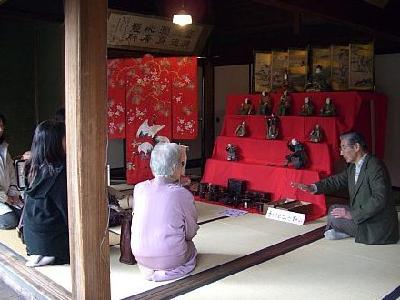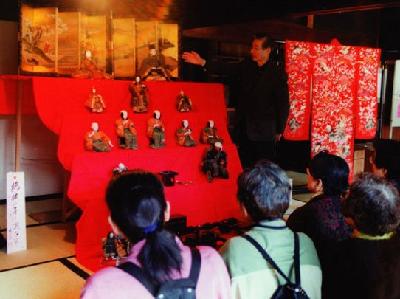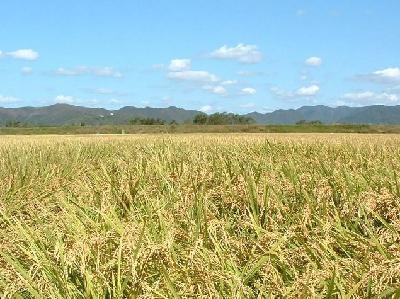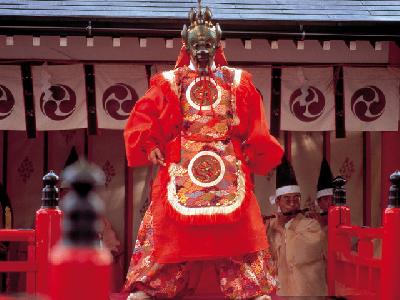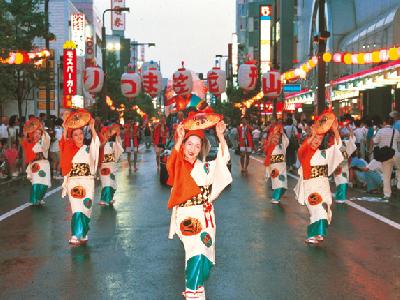|
The Hina Festival of Murata is an event that takes place on the fourth Saturday and Sunday of March in Murata, Shibata, Miyagi Prefecture.
During the late Edo period, Murata flourished with the harvesting of thistle saffron. The town prospered through the trade of saffron and various goods between other regions of Japan.
The elegant hina doll is one item that was traded. During the hina festival, people adorn their houses and storehouses with old-fashioned dolls as well as dolls that were made after the Meiji period up to the present day.
The Hina Festival of Murata has been beloved and passed on from generation to generation.
During the late Edo period, Murata flourished with the harvesting of thistle saffron. The town prospered through the trade of saffron and various goods between other regions of Japan.
The elegant hina doll is one item that was traded. During the hina festival, people adorn their houses and storehouses with old-fashioned dolls as well as dolls that were made after the Meiji period up to the present day.
The Hina Festival of Murata has been beloved and passed on from generation to generation.
| [+ADDRESS] | 
|

